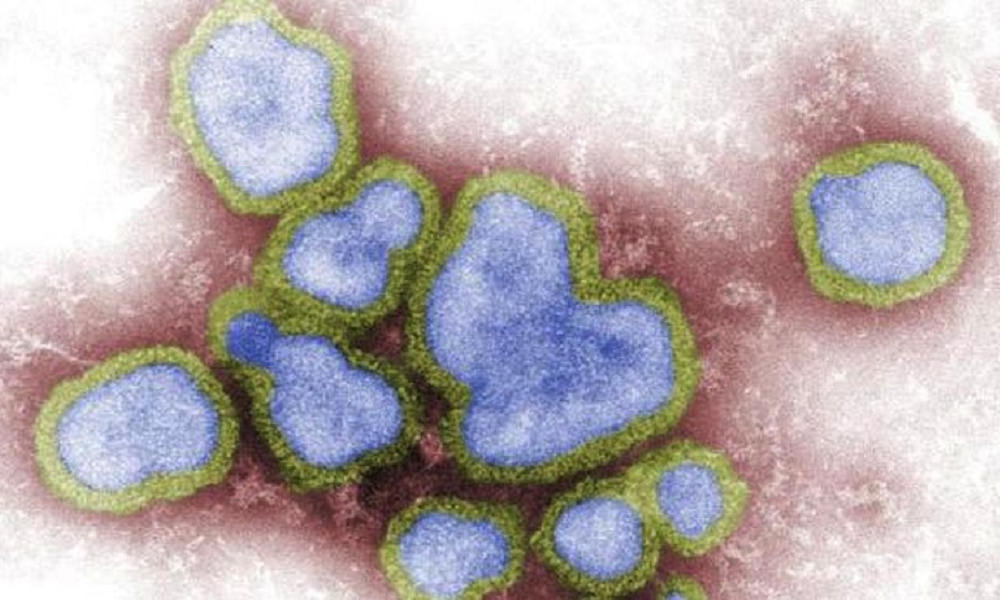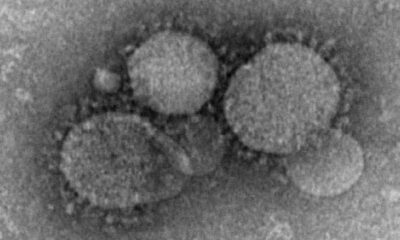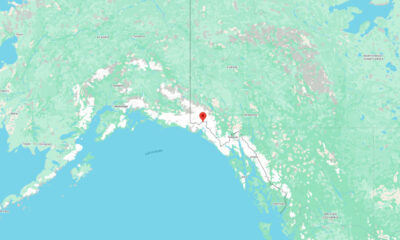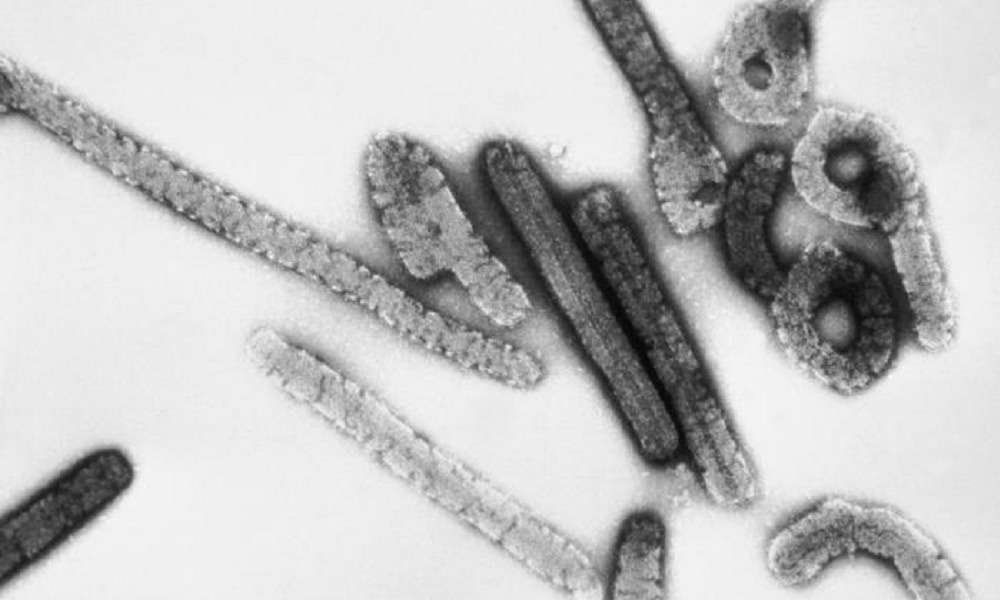Health
Mexico H5N1 bird flu death linked to D1.1 genotype

The World Health Organization (WHO) has confirmed that the strain of H5N1 avian influenza responsible for Mexico’s first human case and fatality belongs to clade 2.3.4.4b genotype D1.1, a virus variant previously linked to other serious infections in North America.
The patient, a 3-year-old girl from the state of Durango, died on April 1 from respiratory complications related to the infection. She had no prior medical conditions, no history of recent travel, and had not received the seasonal influenza vaccine, according to WHO’s Disease Outbreak News update issued on Thursday.
The child’s case was confirmed by Mexico’s National Institute of Epidemiological Diagnosis and Reference (InDRE) through RT-PCR testing, and genetic sequencing identified the virus as avian influenza A(H5N1) genotype D1.1. The source of her infection remains unknown, but outbreaks of H5N1 have been reported in birds in the Durango region. Authorities are continuing to investigate the possibility of exposure through backyard poultry.
This marks the first confirmed human case of H5N1 in Mexico. Health officials said close contacts of the child have tested negative for the virus, and no additional human cases have been detected. Officials continue to assess the situation and maintain that the risk to the general public remains low.
Mexico previously confirmed a separate human case of avian influenza in June 2024, involving H5N2—a different strain—which resulted in the death of a 59-year-old man in the State of Mexico.
LINK: A list of all human cases of H5N1 bird flu since 2021
Genotype D1.1 has been identified in at least five human cases across North America. The same strain was responsible for the death of a person in Louisiana last year, the first confirmed fatal case of H5N1 in the United States.
It also caused severe illness in a teenager in Canada and in an adult in Wyoming in February. The strain was additionally detected in a dairy worker in the U.S. who had a mild illness after exposure to infected cattle.
The spread of H5N1 clade 2.3.4.4b, and its diverse genotypes, has raised concern among global health experts due to its broad geographic presence and ability to infect both birds and mammals.
Since 2022, at least 92 human cases of H5N1 clade 2.3.4.4b have been reported worldwide, most of which were linked to contact with infected poultry or, more recently, dairy cattle.

-

 Health1 week ago
Health1 week agoFrance confirms 2 MERS coronavirus cases in returning travelers
-

 US News5 days ago
US News5 days agoMagnitude 7.0 earthquake strikes near Alaska–Canada border
-

 Entertainment1 week ago
Entertainment1 week agoJoey Valence & Brae criticize DHS over unauthorized use of their music
-

 US News1 week ago
US News1 week agoFire breaks out at Raleigh Convention Center in North Carolina
-

 Legal2 days ago
Legal2 days agoShooting at Kentucky State University leaves 1 dead and another critically injured
-

 Legal7 days ago
Legal7 days agoWoman detained after firing gun outside Los Angeles County Museum of Art
-

 Health1 week ago
Health1 week agoEthiopia reports new case in Marburg virus outbreak
-

 Business19 hours ago
Business19 hours agoUnpublished TIME cover suggests AI leaders may be named Person of the Year



